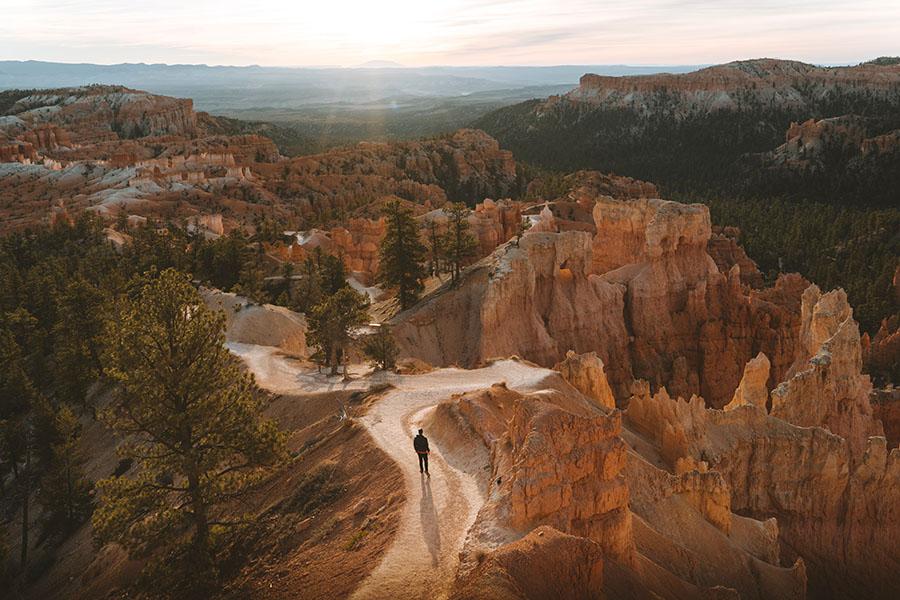Charleston, South Carolina

January and February might be the coldest months of the year for Charleston residents, but for travelers used to subzero temperatures and wind that often hurts the face, it’s mild and comfortable at an average of 60 to 65 degrees. Balmy? Maybe not by international standards, but if you’re from Minnesota, it’s a whole different story. As the oldest and largest city in South Carolina with a history dating back to 1670, Charleston is acclaimed far and wide for its southern hospitality, ocean views and local cuisine.
Where to Stay
Whether you want to stay further inland or find shoreline accommodations, Charleston has plenty of options for you to choose from. The Restoration, located right off Wentworth Street near King Street (named as one of the best shopping streets in the U.S.) offers cozy rooms, suites and amenities such as a coffee bar, rooftop bar, salon and spa, rooftop pool, and a terrace. HarbourView Inn, on the other hand, sits adjacent to Waterfront Park with picturesque views of the Historic Charleston Harbor right across from it. If you’re traveling with youngsters, you’ll want to check out Wild Dunes, a family-friendly resort located on Isle of Palms known for the esteemed Boardwalk Inn and, if you’re looking for more than just a hotel room, the Village at Wild Dunes.
A Culinary Experience
Once you get settled, there’s nothing stopping you from going out and experiencing some of the best restaurants and food Charleston has to offer. You can’t go wrong with the Gospel Sunday Brunch at upscale Halls Chophouse, traditional Lowcountry cuisine at 82 Queen, or a collection of rotating cuisines in The Workshop’s trendy food court layout. Enjoy Caribbean food at Fuel Cantina, a 1950s gas station turned restaurant, and remember—no Charleston visit is complete without a stop at Callie’s Hot Little Biscuit, touted by Southern Living, Oprah and Food & Wine.
What to Do & See
Charleston’s history dates back to the late 1600s, and despite the American Revolution and the Civil War eras that gripped the city, two buildings from 1712, the Pink House and the Colonel William Rhett House, are still standing. Really, though, everywhere you look you can see echoes of history in the streets, architecture and museums. The top historical destination?
Fort Sumter, where the Civil War began in 1861. Browse the Fort Sumter Visitor Education Center, then step aboard a tour boat to Fort Sumter where wayside exhibits interpret the historic site.
If you’re a first-time visitor, there’s no better way to explore Charleston than by a narrated horse-drawn carriage tour. Check out Old South Carriage Co. for tours that shed light on houses, churches, architecture, parks and the history of it all.
For beautiful flora, make sure to plan a visit to Magnolia Plantation & Gardens, the oldest public garden in the U.S. And, for an estate to match the natural splendor, visit the Aiken-Rhett House, built in 1820. Walk through the home while you learn what life was like for the Aiken family, their guests and the enslaved Africans who lived on-site.
Last but not least, look ahead at the weather and set aside the nicest day to spend at the beach. Visit Folly Beach (the closest beach to downtown Charleston), Kiawah Island or Seabrook Island. Even on sweater-weather days, there’s just something freeing about that horizon.
Regardless of how much time you’re able to spend in Charleston or what makes it onto your itinerary, one thing’s for sure—on your last day, you’ll still want just a few more hours to explore one of America’s prettiest cities.
Planning Your Trip
Book your trip, ask for planning advice and use your AAA member benefits by visiting your AAA Travel agent or AAA.com/Travel.




